I.9
Initially designed as a tool for automation of laboratory assays, flow injection techniques are now also widely used for continuous monitoring, and as a tool for research in a variety of fields..
Applications
The ultimate test for an analytical approach is not that it can do better
what can be done by other means, but that it permits us to do
something that we cannot do in any other way.
Elo H. Hansen
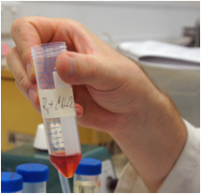 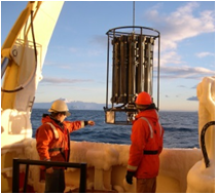 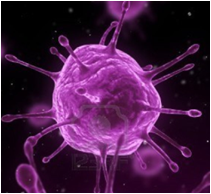  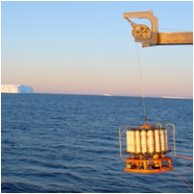  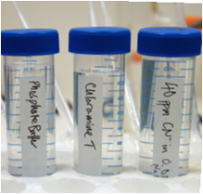  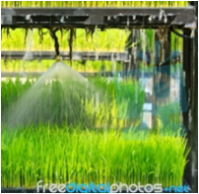 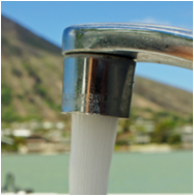 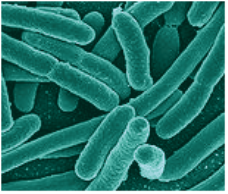 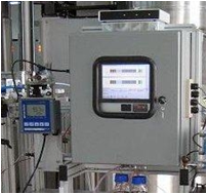 |
Serial assays of large number of samples performed in a laboratory are automated by flow injection system equipped with sample changers. The most frequently measured species in agricultural or environmental laboratories are nutrients, such as phosphate, nitrate, nitrite and ammonia . The concentration range spans ppm to sub ppb levels, depending on material to be analyzed. High sampling frequency, typically 120 samples/hour or more. is the important feature of flow Injection technique. Besides nutrients, a wide variety of reagent based assays has been automated. The list of automated assays by Lachat offers protocols for almost 100 analytes in a w ide variety of matrixes. The Hansenís Database comprises over 20,000 references, of which about 2/3 refer to flow injection technique.
Continuous monitoring has often to be performed in field, or in an industrial environment for extended period of time. This is why sequential injection is now established as a method of choice since it offers robustness, portability and low reagent consumption. Global FIA is and FIAlab Instruments are the leading
vendors in this field.
microSI based on lab-on-valve platform is due to its versatility a recognized research tool in fields as diverse as oceanography, biology, biochemistry, environmental research. enzymology as well as chemistry. Again, Hansenís database, is a rich source for inspiration, as to the target species and methodology that has been developed for a wide variety of purposes.
Analytical chemistry is an applied science and its results impact our everyday life, by guarding quality of water, food, medications, of environment and of many other aspects of our life. Therefore development of analytical methods will always be driven by applications, and the usefulness of our research should
not only be judged by its novelty, but also by its capability to provide an answer that can not be obtained in any other way.









